I do not normally get up at 5:30 on a Saturday morning. It was a few minutes after sunrise and I wanted to hear birds singing. A month ago most birds were singing a lot, but it is not a month ago.
Part of the reason for birdsong is to establish and defend a nesting territory. Hot and dry weather makes for an earlier end to the breeding season. And, after all, it is late July.
There was not much activity audible or visible from my back deck. The first birds I heard were two Carolina wrens that sang a few loud three syllabled phrases but they voiced their buzzy rattle alarm call more often. This is not unexpected, as they seem to sing throughout the year.
Then there was a song sparrow trying unsuccessfully to sing its song; the song was barely recognizable as it was little more than the first three whistled notes. I saw it perched on a dead branch as it threw back its head and attempt to sing. I think it was probably a recently fledged young blood that will learn the correct song next spring.
After that, it was mostly silence. I was surprised and pleased that the mosquitoes had not discovered me, so not even their buzzing was heard.
A mourning dove uttered its melancholy cooing notes. One of its common names is rain dove and legend has it that it predicts rain with those notes. So far that bird has been wrong, unless you count the seven drops of rain that fell on Monday evening as I wrote this. A tufted titmouse called out its chur-chur-chur call; written descriptions of this are hard to make but go ahead and try to make a better description! A robin clucked once or twice and a catbird meowed as it harvested something from a nearby shrub. And the chick-a-dee-dee-dee call notes could be heard occasionally.
But by a wide margin, the dominant sound was silence, punctuated by one of the above sounds. In a half hour of listening, I did not hear two birds vocalizing at the same time.
Later that morning I went to one of my favored sanctuaries: Cedar Tree Neck. From the moment I got out of the car, I heard at least two red-eyed vireos singing. And then an American redstart uttered its song and a Carolina wren was singing along the edge of the parking lot, along with a catbird and a robin. More singing in five minutes than I heard in a half hour of listening at home.
The red-eyed vireo and the redstart kept singing into the afternoon even though it got unbearably hot for the Vineyard. I do not wish to imagine how hot it was over in America and in cities! As I walked around the sanctuary, I noticed that the birds were not singing evenly across the landscape; there was much more birdsong near the wetter woodlands, along the streams and around Ames Pond. Does more water equal more bugs, therefore more avian activity and singing later into the summer?
Caroline Winkler visited Cedar Tree Neck and noted singing eastern wood-pewees, great crested flycatchers, red-eyed vireos and American redstarts.
On July 23, Bob Shriber and Susan Whiting added two species to our year’s list, spotting a sandwich tern and a breeding plumage black tern at Quansoo. Other sightings of the former species come from Nantucket, where Max Chalfin-Jacobs and Skyler Kardell spotted a sandwich tern at Great Point on July 20. The next closest sighting of this southern wanderer was from Barnegat Bay in New Jersey.
Black terns are much more widespread in the Cape and Islands area now. Shea Fee spotted two at Norton Point on July 19 in addition to 228 pairs of nesting least terns, 50 roseate terns and 130 common terns. Later that morning, Makenzie Luce counted 400 least terns, 50 roseate terns, 350 common terns and 12 black skimmers. Be sure to look carefully through these large congregations of terns for unusual species.
Forster’s terns are also regular visitors to the Vineyard in the summer and fall, though they are transients and do not breed here. Andrew Jankowicz spotted two at Lambert’s Cove Beach on July 19 and another at Wasque on July 20.
While on the topic of terns, BiodoversityWorks announced in their July newsletter that there were 22 nesting pairs of back skimmers on Sheriff’s Meadow Foundation’s Little Beach property in Edgartown. They recently counted nine chicks and are hoping they all survive to fledge despite the intense predation pressure by black-crowned night herons on that beach. Hopefully these banded birds survive and return to nest here in future years.
Little blue herons are another species that wander around after their breeding season ends. They are primarily a southern species but some of them breed in Massachusetts. Ryan Hanley found one at Felix Neck on July 11 and another at Poucha Pond Preserve on July 13. Caroline Heald spotted a little blue heron at Norton Point on July 22.
Four observers (Bob Shriber, Walt Looney, Matthew Born and Andrew Jankowich) have reported a few great shearwaters at various locations around the Island recently.
And finally, Betty Burton was excited to have a raven at her suet feeder — but it took all three feeders away. She recovered two, though their handles had been removed. They are very clever.
Please email your sightings to birds@mvgazette.com
Robert Culbert is an ecological consultant with Nature Watch LLC living in Vineyard Haven.

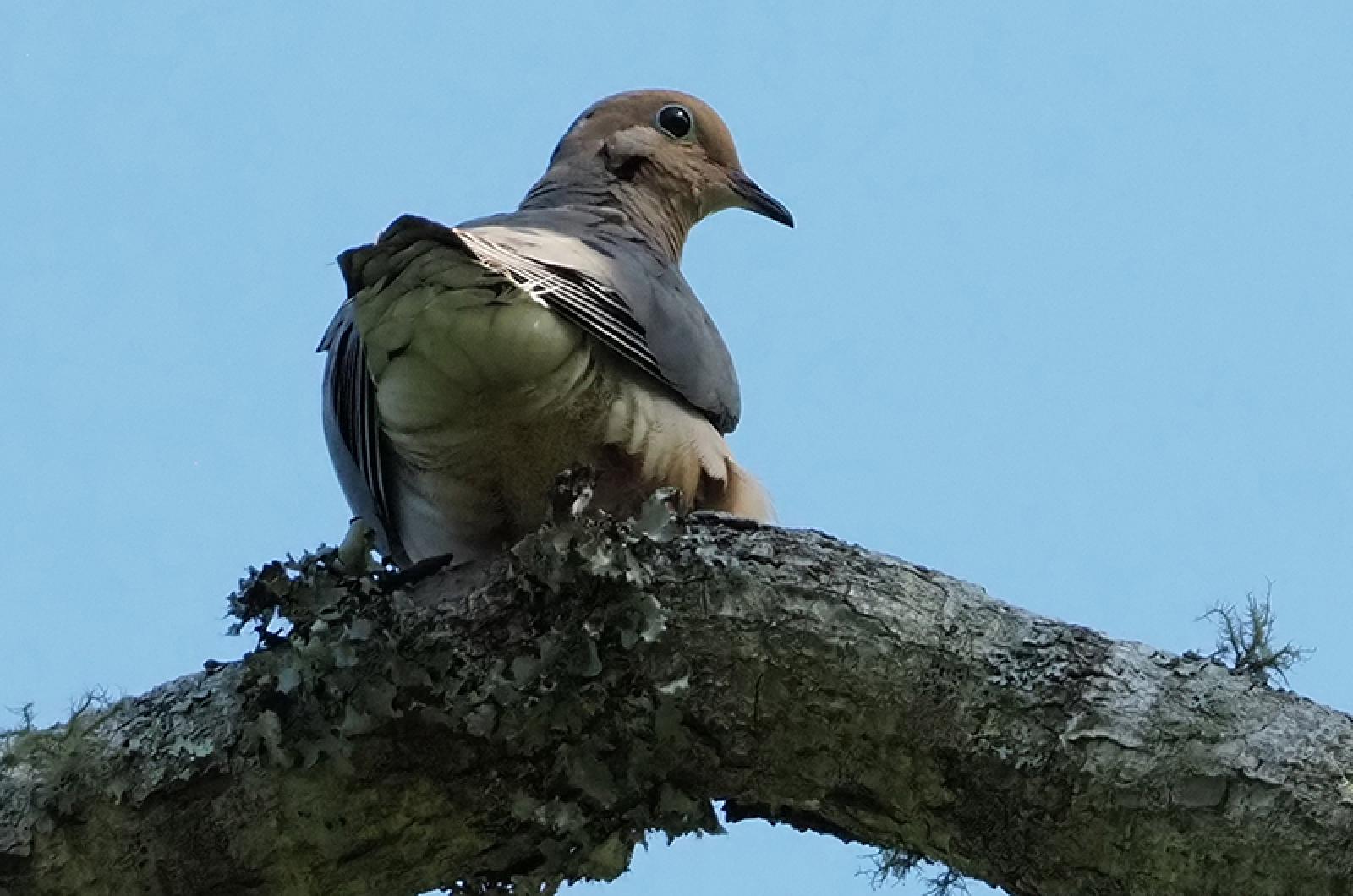
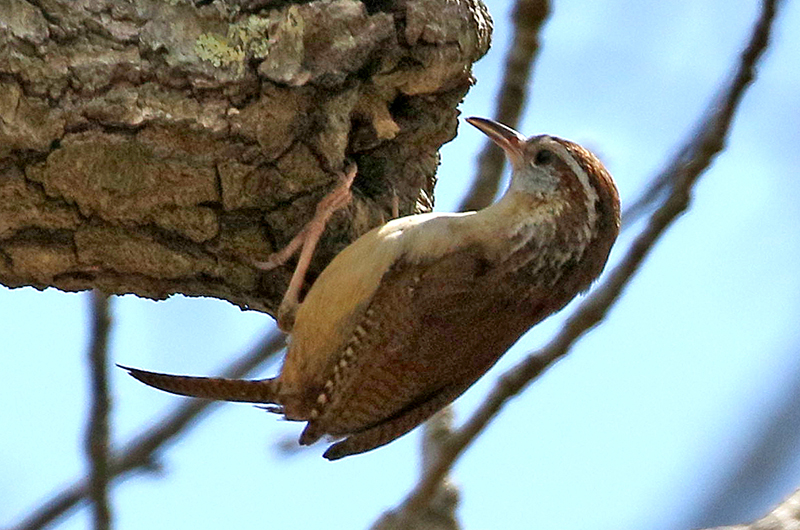
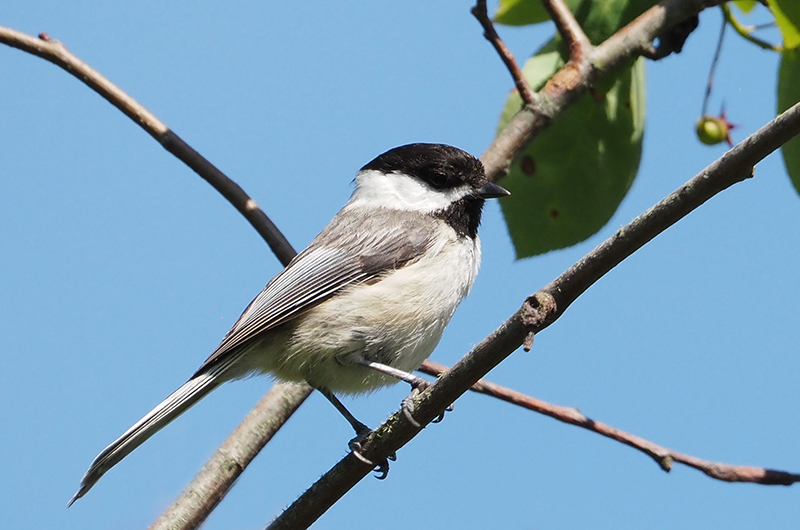
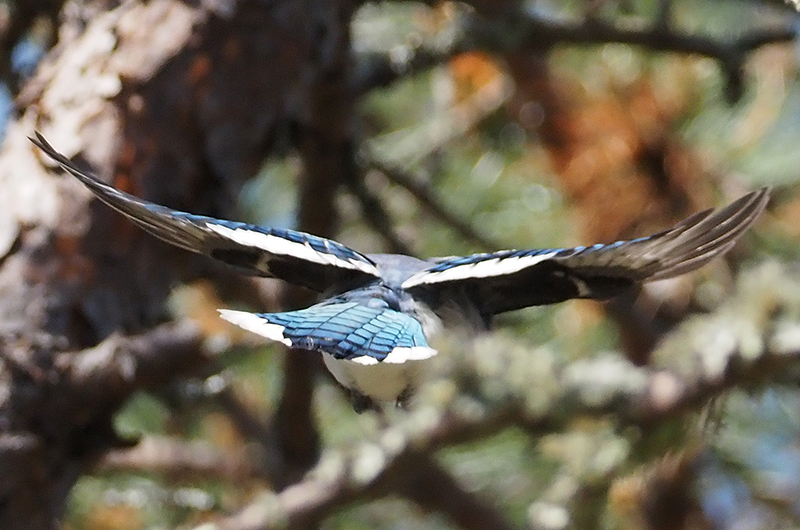
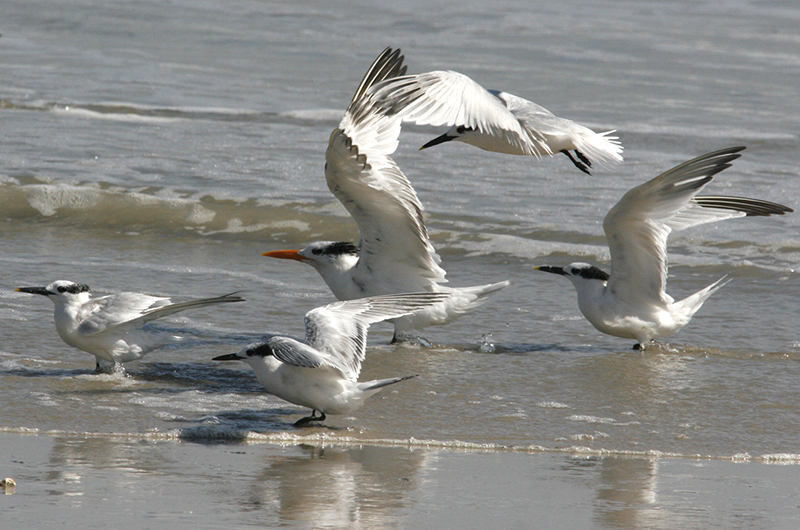
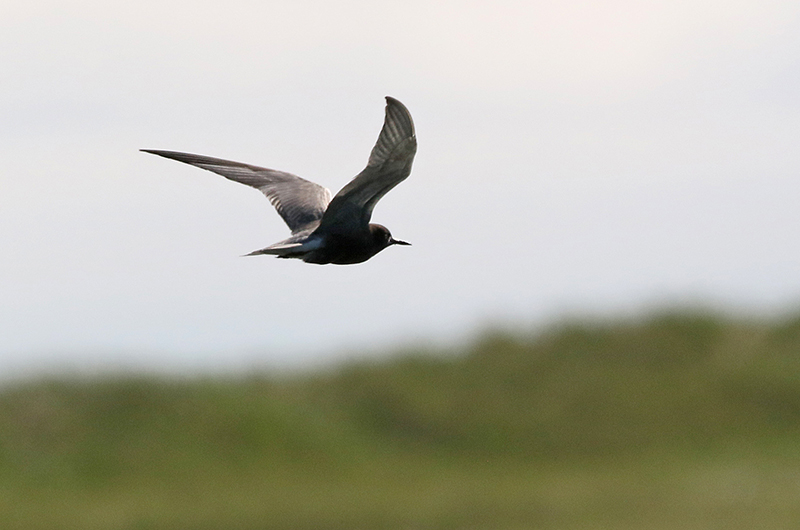





Comments
Comment policy »